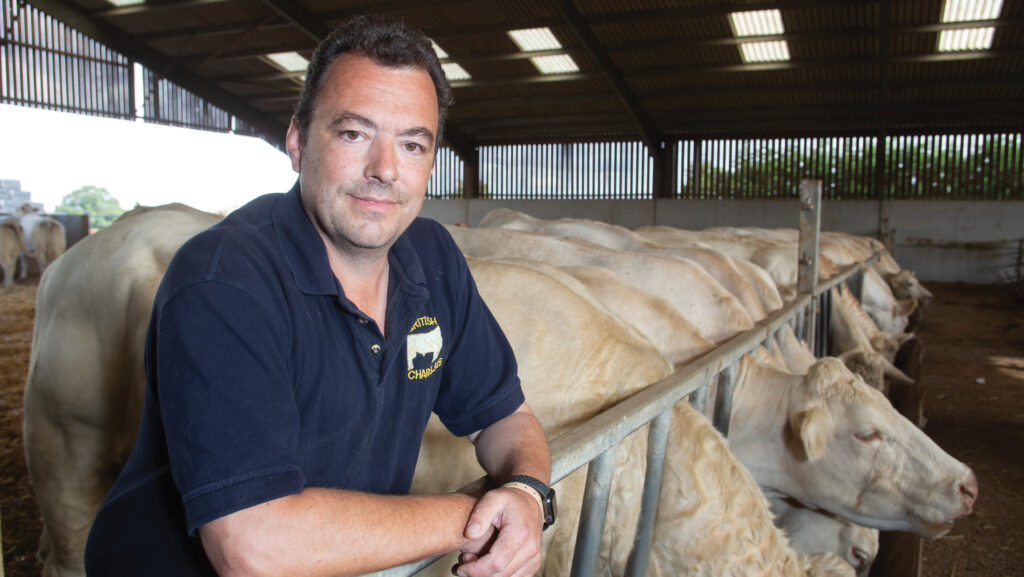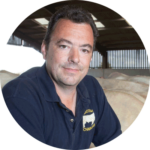Farmer Focus: Hoping disease risk changes help industry
 Ben Harman © Tim Scrivener
Ben Harman © Tim Scrivener Confucius is credited with the quote: “If you are the smartest person in the room, then you are in the wrong room”.
This is not a concern for me…ever, but there is no room I sit in where I feel this is less applicable than in the Cattle Health Certification Standards (Checs) boardroom.
But despite the staggering levels of intelligence, Checs has grappled with a problem for six years.
See also: How dairy farm is controlling Johne’s while buying-in cows
It sets standards and oversees health schemes run across the UK covering bovine viral diarrhoea, leptospirosis, infectious bovine rhinotracheitis, Johne’s, neospora and, more recently, TB.
Johne’s is the clinical expression of an infection with Mycobacterium avium paratuberculosis (Map).
Cattle can carry Map their whole lives and never exhibit Johne’s.
Individuals may shed the disease without being symptomatic, but when Johne’s runs through a herd, the consequences can be disastrous from both a welfare and financial perspective.
To make things worse, it is difficult to detect with a great deal of certainty and, worse still, it has been suggested (though never proven) to have a potential link to Crohn’s disease in humans.
Given the difficulty in detecting Johne’s, a risk level is given by testing the whole herd over several years.
So if bull x comes from a herd where no Map has been detected, he is less likely to be carrying the disease and will have a lower risk.
However, a complication is there are other Mycobacteria that can confuse the results of a test for Map.
The presence of avian TB, for instance, can result in false positives due to its prevalence, or due to TB testing procedures.
The compromise was to introduce a new Johne’s risk level (RL) rating – RL1* (star) – for the lowest risk herds.
The star denotes a herd that has had at least three years of clear blood tests, and a number that follows the RL would denote the number of consecutive years.
This would differentiate from RL1, which would denote a herd that has had no positive PCR (dung) tests.
This is only one part of a complex problem, and I hope that Checs has managed to create a risk level that is meaningful and takes account of latest research.

